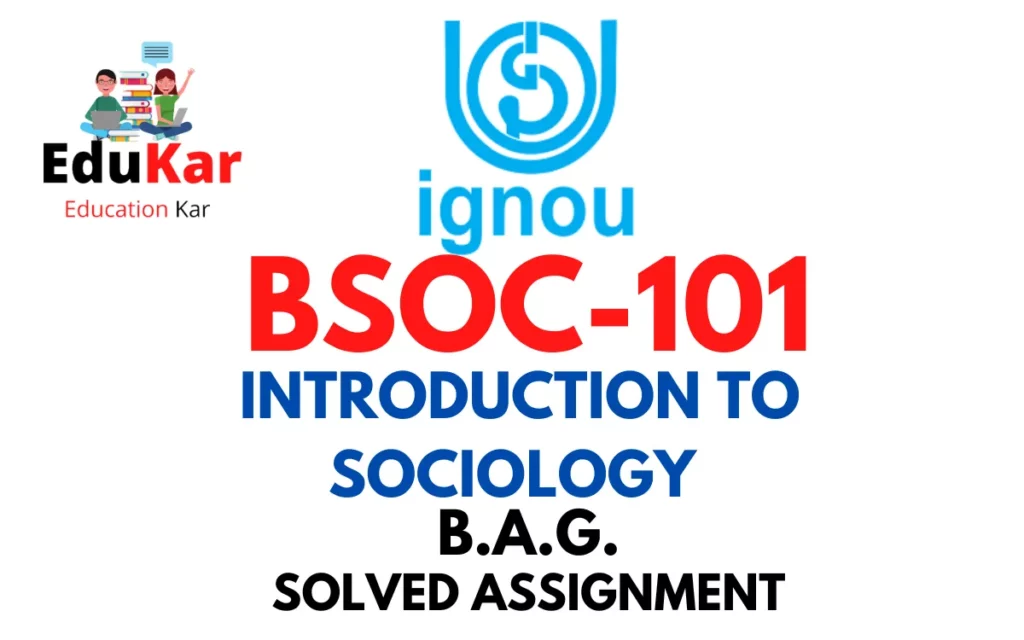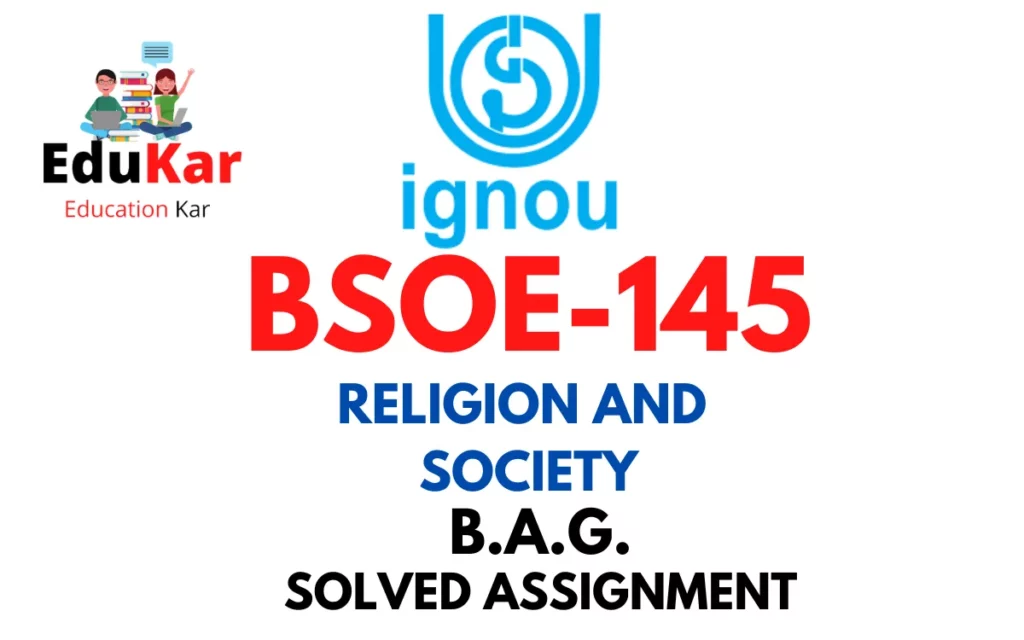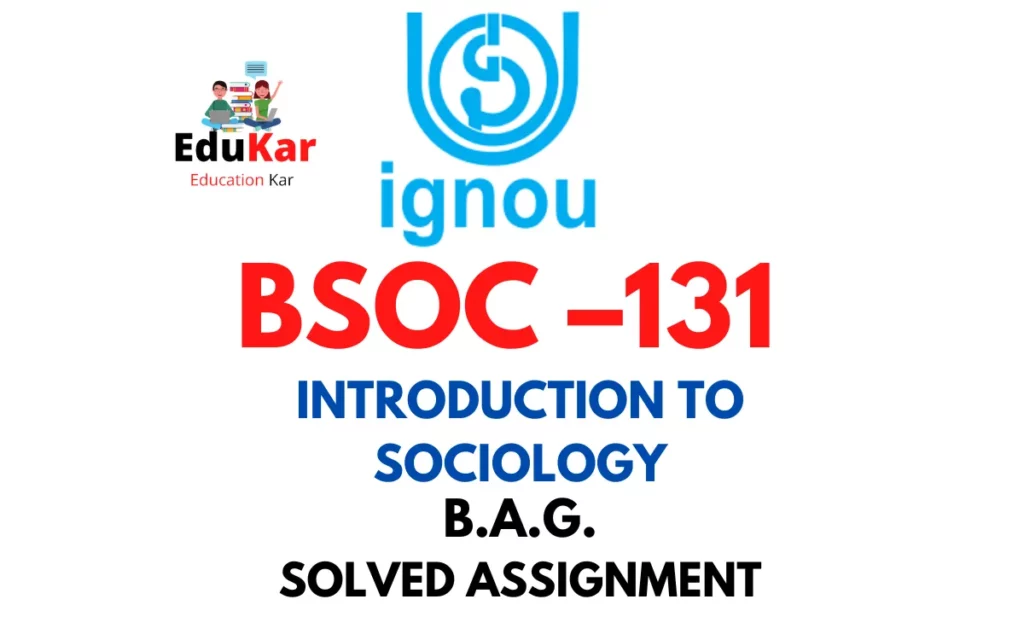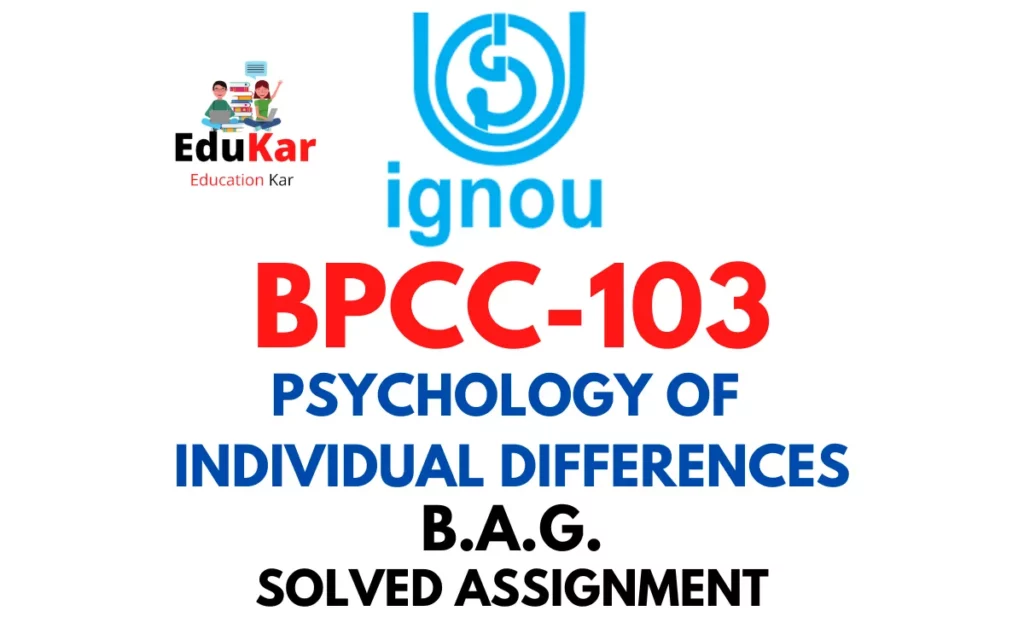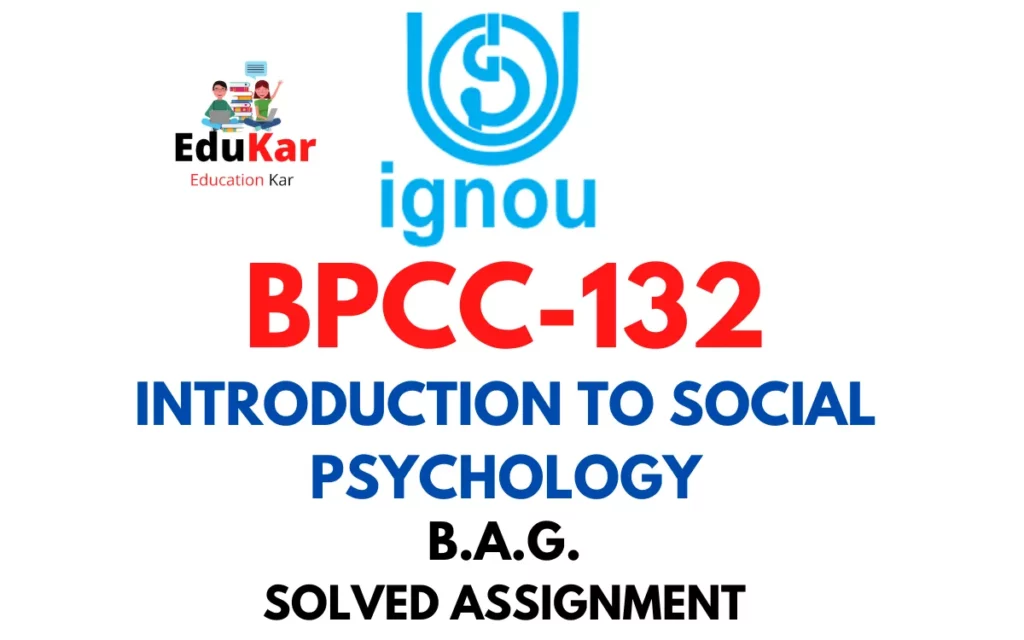Contents
- 1 Section A
- 2 Q.I Write short notes on the following in about 200 words each: 4 x 5 = 20
- 3 (i) Simile and metaphor as figures of speech.
- 4 (ii) Descriptive Prose.
- 5 (iii) Speech as a form of literary expression.
- 6 (iv) Biography as a literary form.
- 7 Section B
- 8 Q. II Answer the following questions in about 350 words each: 4×7.5=30
- 9 1. Write a character sketch of the mother from the story ‘Mother’.
- 10 2. What are the main features of Margaret Laurence’s speech?
- 11 3. What is the theme of Nehru’s ‘Quest of Man’?
- 12 4. Write a detailed note on Aitken’s prose style as seen in the two extracts from Travels by a Lesser line.
- 13 Section C
- 14 Q. III Answer the following questions in about 600 words each. 5×10 =50
- 15 1. Write an appreciation of Gandhi’s art and craft of autobiography.
- 16 2. Give a detailed account of Russell’s childhood as seen from his Autobiography.
- 17 3. Attempt pen portraits of both Albert and Victoria as seen in Strachey’s biography Queen Victoria.
- 18 4. ‘On Seeing England for the First Time’ is laced with sarcasm and irony with a thread of pathos running through it. Do you agree? Give reasons for your answer quoting examples from the text.
- 19 5. Describe Orwell’s experience of shooting an elephant in Burma in detail.

| Title | BEGE-141: IGNOU BAG Solved Assignment 2022-2023 (UNDERSTANDING PROSE) |
| University | IGNOU |
| Degree | Bachelor Degree Programme |
| Course Code | BEGE-141 |
| Course Name | UNDERSTANDING PROSE |
| Programme Name | Bachelor of Arts (General) |
| Programme Code | BAG |
| Total Marks | 100 |
| Year | 2022-2023 |
| Language | English |
| Last Date for Submission of Assignment: | For June Examination: 31st April For December Examination: 30th September |
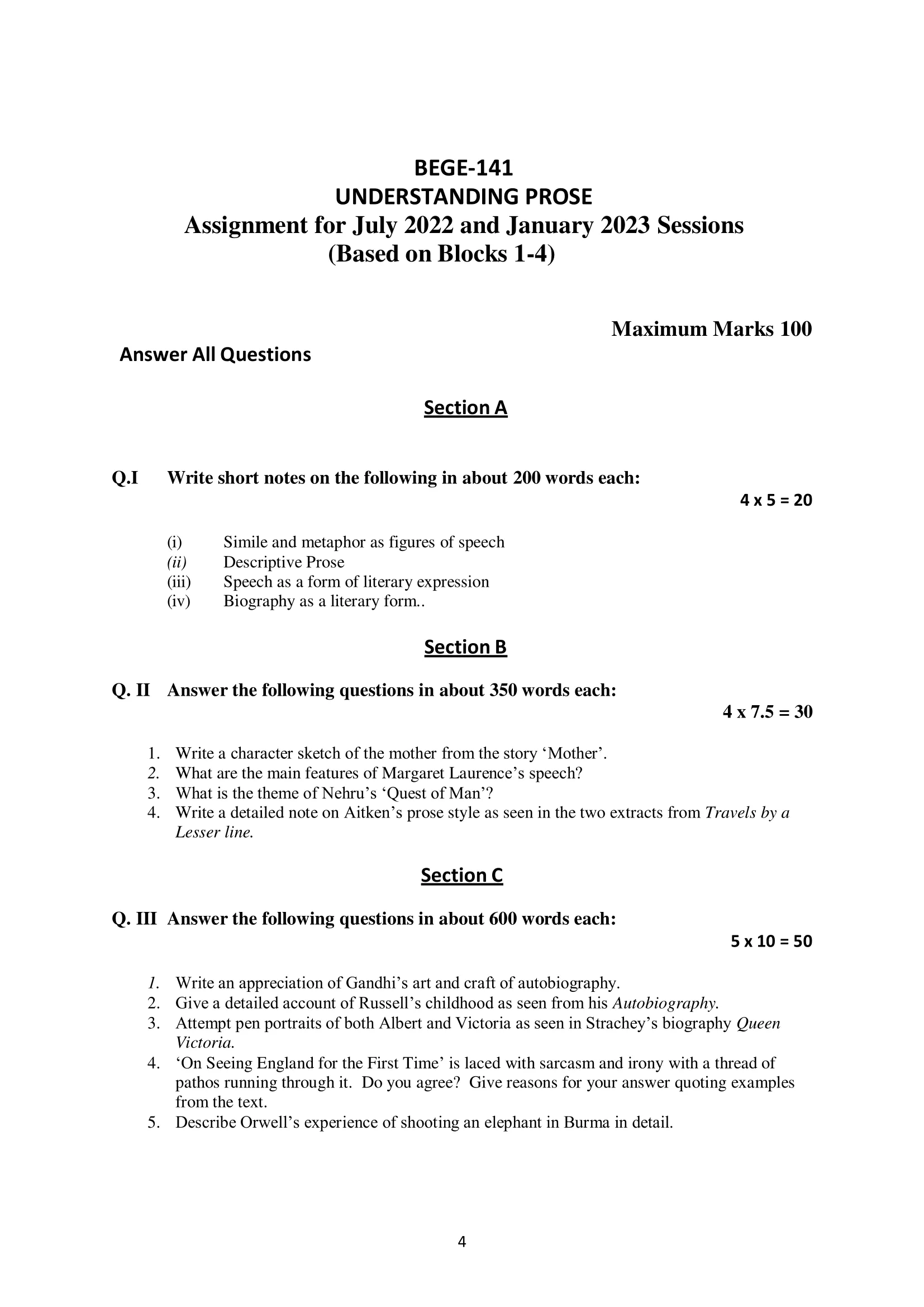
Section A
Q.I Write short notes on the following in about 200 words each: 4 x 5 = 20
(i) Simile and metaphor as figures of speech.
Ans: Simile and metaphor are two common figures of speech that are used to make comparisons or describe something in a creative and memorable way. A simile is a figure of speech that directly compares two things using the words “like” or “as”. For example, “He runs as fast as the wind.” In this simile, the speed of the man running is being compared to the speed of the wind.
On the other hand, a metaphor is a figure of speech that describes something as though it were something else. It’s an indirect comparison that doesn’t use the words “like” or “as”. For example, “Life is a journey.” In this metaphor, life is being described as a journey through which we must travel.
Both similes and metaphors are powerful tools for writers and speakers because they allow them to convey meaning in a more imaginative and memorable way than straightforward language. For example, the phrase “Her smile was as warm as the sun” paints a vivid picture in the reader’s mind, whereas the phrase “She had a warm smile” is less memorable.
(ii) Descriptive Prose.
Ans: Descriptive prose is a style of writing that focuses on describing a scene, character, or object in vivid detail. The aim of descriptive prose is to create a clear and complete picture in the reader’s mind, making the text come alive. The use of sensory details such as sight, sound, smell, taste, and touch is crucial in descriptive prose, as these details help to create a more immersive experience for the reader.
Descriptive prose can be found in a variety of forms, including novels, short stories, and memoirs. In fiction, descriptive prose can be used to set the scene, create vivid characters, or bring an object to life. In non-fiction, descriptive prose can be used to describe a place, a person, or an event, creating a sense of time and place for the reader.
The key to writing good descriptive prose is to use vivid, concrete language and to show rather than tell. Instead of simply saying that a character is sad, for example, the writer should describe their body language, facial expressions, and tone of voice to create a more complete picture.
Good descriptive prose can transport the reader to a different time and place, making them feel as though they are experiencing the scene or character first-hand. It can also evoke emotions and bring the reader closer to the subject of the writing, making the text more memorable and meaningful.
(iii) Speech as a form of literary expression.
Ans: Speech, as a form of literary expression, refers to the written or spoken words of a character or narrator in a literary work. It is an important aspect of literature, as it provides a window into the thoughts, feelings, and motivations of characters and reveals information about the world they live in.
Speech can take many forms, including direct speech (when the words of a character are quoted directly), indirect speech (when the words of a character are reported without being quoted directly), and monologues (when a character speaks at length about their thoughts and feelings). The choice of speech form can greatly impact the tone, mood, and overall style of a literary work.
In addition to providing insight into characters, speech can also be used to create a particular atmosphere or mood in a literary work. For example, a character’s dialogue might be written in a formal or informal style to reflect their personality, status, or background. Similarly, the use of dialect, slang, or idioms can add richness and depth to a literary work and help to create a sense of place and time.
Speech is also an important tool for creating suspense, building tension, and revealing information in a literary work. Through the words of characters, a writer can reveal key plot points, create cliffhangers, or hint at underlying themes and motives.
(iv) Biography as a literary form.
Ans: A biography is a written account of a person’s life, typically covering their birth, childhood, education, career, relationships, achievements, and legacy. Biographies can be written about anyone, from famous historical figures to everyday people, and they can take many forms, including memoirs, autobiographies, and biography essays.
The purpose of a biography is to give readers an in-depth look at a person’s life, and to offer insights into their personality, motivations, and impact on the world. Biographies often highlight the challenges, triumphs, and key events that shaped a person’s life, and they can provide context and background information about the cultural and historical events that surrounded them.
Biographies can be written for a variety of audiences, including students, historians, and general readers. They can be used as educational tools, to offer insights into the life and work of a particular person, or to shed light on an important historical event or period.
The key to writing a good biography is to conduct thorough research, using primary and secondary sources to gather information about the subject’s life. Biographers also need to have strong writing skills, as they need to be able to present complex information in an engaging and accessible way.
Section B
Q. II Answer the following questions in about 350 words each: 4×7.5=30
1. Write a character sketch of the mother from the story ‘Mother’.
Ans: The mother in the story “Mother” is a complex and dynamic character. She is depicted as a hardworking, dedicated and loving individual who places the needs of her family above her own. Despite the challenges she faces, the mother remains steadfast in her commitment to her family, displaying a strong sense of resilience and determination.
The mother is depicted as a nurturing figure, who takes care of her children with utmost care and love. She works tirelessly to provide for her family, often taking on multiple jobs to ensure that her children have enough food to eat and clothing to wear. She is depicted as being selfless, putting her own needs aside in order to meet the needs of her children.
Despite the difficulties she faces, the mother remains optimistic and hopeful, never losing faith in the future. She is a strong-willed woman, who is determined to provide her children with a better life than she had. She is depicted as a role model to her children, inspiring them to work hard and never give up, despite the challenges they may face.
The mother is also depicted as a woman of deep faith, who turns to her religious beliefs in times of difficulty. She believes in the power of prayer, and encourages her children to do the same, instilling in them a sense of hope and optimism for the future. Her faith is a source of comfort and strength for her, and helps her to persevere in the face of adversity.
Overall, the mother in the story “Mother” is a multifaceted character who displays a wide range of qualities and attributes. She is depicted as a hardworking, loving, and resilient individual who places the needs of her family above her own, and who never loses faith in the future, despite the challenges she faces. Through her actions and words, she serves as a source of inspiration and hope to those around her, and is a true embodiment of what it means to be a mother.
2. What are the main features of Margaret Laurence’s speech?
Ans: Margaret Laurence was a renowned Canadian author, known for her powerful and thought-provoking writing style. Her speeches were no exception and were marked by several distinct features that set her apart as a speaker. Some of the main features of Margaret Laurence’s speeches include the following:
- Empathy: Margaret Laurence’s speeches were characterized by her ability to connect with her audience on a personal level. She spoke with empathy, understanding the experiences and feelings of those around her, and conveying her own emotions and thoughts in a relatable way.
- Cultural Awareness: Margaret Laurence was deeply attuned to the cultural issues of her time and often used her speeches to address these issues. Her speeches were informed by her understanding of the cultural and political context of her audience, and she used this knowledge to create speeches that resonated with her listeners.
- Boldness: Margaret Laurence’s speeches were marked by her boldness and confidence. She was not afraid to speak out against social and political injustices and to challenge her audience to think critically about the issues she addressed. Her boldness made her speeches impactful and memorable.
- Emotional Intensity: Margaret Laurence’s speeches were characterized by their emotional intensity. She was a skilled storyteller, and her speeches often evoked deep emotions in her listeners. Her ability to convey complex emotions through her writing and speaking made her speeches engaging and powerful.
- Intellectual Rigor: Margaret Laurence’s speeches were marked by her intellectual rigor. She was well-read and well-informed, and her speeches reflected this knowledge. Her speeches were thought-provoking, and she challenged her listeners to engage with the ideas she presented.
- Poetic Language: Margaret Laurence’s speeches were also characterized by her use of poetic language. She had a way with words and used language to evoke images and emotions in her listeners. Her speeches were not just informative but also beautiful to listen to.
3. What is the theme of Nehru’s ‘Quest of Man’?
Ans: “The Quest of Man” is a book written by Indian statesman and independence leader Jawaharlal Nehru. The theme of the book is centered on Nehru’s philosophical views on the purpose and meaning of human existence.
One of the central themes of “The Quest of Man” is the concept of human progress. Nehru believed that the ultimate goal of human existence is to continually advance and improve society. He saw progress as a never-ending journey, and encouraged people to strive towards a better future for themselves and future generations.
Another important theme in “The Quest of Man” is the idea of freedom. Nehru was a strong advocate of political freedom, and believed that every individual has the right to determine their own destiny. He saw freedom as essential to the pursuit of happiness and fulfillment, and argued that it is the duty of society to create conditions that allow individuals to achieve their full potential.
In addition to progress and freedom, Nehru also explores the theme of unity and solidarity. He believed that the human race is one family, and that people must work together in order to achieve a better world. He saw unity as a means of overcoming the differences that divide people, and believed that it is possible to create a world where everyone can live in peace and harmony.
Another important theme in “The Quest of Man” is the idea of human dignity. Nehru believed that all people are equal, and that every individual has inherent worth and value. He argued that it is the responsibility of society to ensure that everyone has access to the resources and opportunities they need to live fulfilling lives.
Finally, “The Quest of Man” also explores the relationship between the individual and the collective. Nehru believed that the individual must be free to pursue their own goals and aspirations, but that this freedom must be balanced against the needs and well-being of the wider community. He saw a strong, cohesive society as essential to the advancement of humanity, and encouraged individuals to work together towards a common goal.
4. Write a detailed note on Aitken’s prose style as seen in the two extracts from Travels by a Lesser line.
Ans:
Jonathan Aitken is a British writer known for his unique prose style. His writing is characterized by a combination of vivid descriptions, vivid imagery, and a keen eye for detail. This style is evident in his book “Travels by a Lesser Line,” which chronicles his travels through the world’s lesser-known destinations.
One of the defining features of Aitken’s prose style is his use of vivid imagery. He uses descriptive language to paint a picture of the places he visits, bringing the reader along on his journey. He has a gift for capturing the essence of a place, be it the landscape, the people, or the culture, and his descriptions are often lush and sensory. For example, in one extract from the book, he describes the “unforgettable glow of the Keralan sunsets” and the “lush, coconut-fringed beaches.”
Another hallmark of Aitken’s prose style is his attention to detail. He has a keen eye for the small, often overlooked aspects of
a place and a talent for bringing these details to life in his writing. He notes the textures, colors, and sounds of a place, creating a rich, immersive experience for the reader. In one extract from the book, he describes the intricate carvings and embellishments of a temple in India, capturing the intricate details and the sensory experience of being there.
In addition to vivid imagery and attention to detail, Aitken’s prose is also characterized by its conversational tone. He writes in a relaxed, informal style, as if he is speaking directly to the reader. This creates a sense of intimacy and immediacy that draws the reader into his experiences and makes the journey feel more personal.
Aitken’s prose is also notable for its use of humor. He injects a lighthearted tone into even the most serious of situations, using wit and irony to bring a touch of humor to his travels. This humor serves to break up the monotony of the narrative and adds a touch of levity to his experiences.
Finally, Aitken’s prose style is marked by its simplicity. He avoids convoluted sentences and technical jargon, opting instead for straightforward, easy-to-understand language. This simplicity makes his writing accessible to a wide range of readers and adds to the intimacy and conversational tone of his writing.
Section C
Q. III Answer the following questions in about 600 words each. 5×10 =50
1. Write an appreciation of Gandhi’s art and craft of autobiography.
Ans: Mahatma Gandhi’s “The Story of My Experiments with Truth” is considered a classic example of the art and craft of autobiography. The book, first published in 1927, is a fascinating account of Gandhi’s personal and political journey and serves as a testament to his unique approach to life, leadership, and activism.
The art of Gandhi’s autobiography lies in its simplicity and honesty. Through his writing, Gandhi shares intimate details of his life, including his struggles with personal demons, such as anger and sexuality, and his journey to spiritual enlightenment. He presents a candid and honest portrayal of himself, warts and all, and shows how he used his failures and weaknesses as opportunities for growth and transformation.
Gandhi’s writing is also notable for its lyrical and poetic quality. He uses vivid imagery and metaphors to describe his experiences and to convey his messages, making his writing both memorable and accessible. He also employs a conversational tone, making the reader feel as though they are engaging in a dialogue with him.
The craft of Gandhi’s autobiography is evident in its structure and organization. The book is divided into chapters that are each focused on a specific aspect of Gandhi’s life, such as his experiments with celibacy, his philosophy of nonviolence, and his political activism. This structure allows Gandhi to present a comprehensive picture of his life and work, and it makes the book both easy to follow and engaging to read.
Another important aspect of Gandhi’s craft is his use of dialogue and storytelling. He includes transcripts of conversations he had with friends, family, and political leaders, which provide insight into his thought process and demonstrate his ability to engage in meaningful dialogue with others. He also uses stories and anecdotes to illustrate his points and to bring his experiences to life.
Gandhi’s autobiography is not only a testament to his life and work, but it is also a testament to his unique philosophy and approach to leadership. He believed in the power of self-reflection and self-improvement, and he used his own experiences as a way to inspire and motivate others to lead lives of purpose and meaning.
2. Give a detailed account of Russell’s childhood as seen from his Autobiography.
Ans: Bertrand Russell’s “Autobiography” is a fascinating and insightful account of his childhood and early life. Born in 1872, Russell was the son of a prominent British family and grew up in a privileged and intellectually stimulating environment. Through his writing, Russell provides a detailed and candid look at his early years and the events and experiences that shaped him into the person he became.
One of the key themes of Russell’s childhood as seen from his autobiography is his interest in intellectual pursuits. From a young age, Russell was a voracious reader and was fascinated by mathematics, science, and philosophy. He had a natural talent for these subjects, and his parents encouraged his intellectual curiosity, providing him with access to books and other resources to satisfy his thirst for knowledge.
Russell’s childhood was also marked by a strong sense of social justice and compassion. He was deeply affected by the poverty and suffering he saw around him and became involved in various social and political causes from an early age. This sense of social justice and compassion would remain a central theme throughout his life, and he would become a leading voice for peace, freedom, and equality.
Another important aspect of Russell’s childhood as seen from his autobiography is the influence of his parents and family. Russell was born into a family of intellectuals, and his parents were both noted scholars and advocates for progressive causes. They instilled in him a love of learning and a sense of civic duty, and they encouraged him to explore new ideas and challenge conventional wisdom.
Russell’s childhood was also marked by personal tragedy. When he was just 16 years old, his beloved sister died, which had a profound impact on him and shaped his view of the world. He became disillusioned with traditional religious beliefs and began to explore alternative spiritual and philosophical perspectives.
Russell’s early years were also shaped by his experiences at school. He attended several prestigious schools, including Cambridge University, where he continued to develop his intellectual interests and engaged in lively debates with fellow students and faculty. Through his experiences at school, Russell gained a reputation as a brilliant and charismatic intellectual, and he began to make a name for himself in academic and intellectual circles.
3. Attempt pen portraits of both Albert and Victoria as seen in Strachey’s biography Queen Victoria.
Ans: In Lytton Strachey’s “Queen Victoria,” the author provides a unique and insightful look at the lives of Queen Victoria and Prince Albert, two of the most influential figures of the 19th century. Through his writing, Strachey paints vivid and complex portraits of these two individuals, capturing their personalities, motivations, and experiences in vivid detail.
Queen Victoria, who ruled England from 1837 to 1901, was a strong-willed and determined monarch who played a major role in shaping the modern British state. Strachey portrays Victoria as a woman who was deeply devoted to her family, her people, and her country, but who was also fiercely independent and determined to exercise her own power and influence. He describes her as a woman who was both practical and emotional, who was quick to make decisions and take action, and who was unafraid to challenge the status quo.
Prince Albert, on the other hand, was a man who was driven by his passion for innovation, reform, and social progress. Strachey portrays him as a man of ideas, who was deeply interested in science, technology, and the arts, and who was committed to using his influence to advance these causes. He describes Albert as a man who was reserved and introspective, who was often overshadowed by his more extroverted wife, but who was none the less an important force in the court and in the world of politics and culture.
Strachey also sheds light on the complex relationship between Victoria and Albert. He describes how they were deeply in love, but how they were also often at odds with one another, with Albert frustrated by Victoria’s stubbornness and Victoria frustrated by Albert’s quiet and reserved demeanor. Despite these challenges, however, Strachey makes clear that the couple’s relationship was built on a deep mutual respect and affection, and that their love for one another was a central factor in their ability to work together and achieve their goals.
Through his pen portraits of Victoria and Albert, Strachey provides a nuanced and compelling look at these two individuals and the world they lived in. He shows how they were both products of their time, shaped by the social, political, and cultural forces of the 19th century, but also how they were visionary figures who helped to shape the future and left a lasting impact on the world. Whether you’re a historian, a biographer, or simply someone interested in the lives of these two legendary figures, Strachey’s “Queen Victoria” is a must-read, a testament to his skills as a writer and his ability to bring the past to life.
4. ‘On Seeing England for the First Time’ is laced with sarcasm and irony with a thread of pathos running through it. Do you agree? Give reasons for your answer quoting examples from the text.
Ans: “On Seeing England for the First Time” is a poem written by the Jamaican poet and author, Jamaica Kincaid. The poem is indeed laced with sarcasm, irony, and pathos, which the author uses to convey her disappointment and frustration with the British Empire and its legacy of colonization.
The poem opens with a description of the speaker’s first view of England from a ship, and she is initially struck by the beauty of the country. However, as the poem progresses, the speaker’s tone shifts from awe to sarcasm and irony. For example, she writes “I was not in England an hour before I was bored” (line 8), implying that the country is not as exciting or wonderful as she had imagined it to be. This line is dripping with sarcasm, as the speaker is clearly not bored and is instead filled with disappointment.
The speaker’s sarcasm and irony are further evident in her description of the British people, who she refers to as “the people who stole everything they could lay their hands on” (line 10). The use of sarcasm and irony in this line is meant to highlight the injustice and exploitation committed by the British during the colonial era, and to mock their supposed superiority and civilization.
The theme of pathos is also present in the poem, as the speaker expresses her sadness and frustration with the legacy of colonization. She writes “I was so ashamed” (line 15), referring to her feelings of shame and embarrassment at being associated with a country that has committed such atrocities. This line is a powerful expression of the emotional toll that colonialism has taken on the speaker, and it is a testament to the devastating impact of imperialism on the lives and cultures of colonized peoples.
5. Describe Orwell’s experience of shooting an elephant in Burma in detail.
Ans: George Orwell, born as Eric Arthur Blair, was a British writer, essayist, and journalist, best known for his novels “Animal Farm” and “1984.” In the late 1920s, Orwell worked as a police officer in Burma, a British colony in Southeast Asia. It was during this time that he had the experience of shooting an elephant, which he later wrote about in his essay “Shooting an Elephant.”
The essay tells the story of Orwell’s time as a police officer in Moulmein, a town in Lower Burma. One day, he received a call to come and deal with an elephant that had gone rogue and was destroying property. Orwell was not sure how to handle the situation, as he had never shot an elephant before and was not particularly keen on the idea. Nevertheless, he felt obliged to do so, as it was his duty as a police officer and because of the pressure from the Burmese people who expected him to take action.
When Orwell arrived at the scene, he found a huge elephant rampaging through the town, causing widespread destruction. People were running in all directions, trying to avoid being trampled. Orwell realized that shooting the elephant would be a dangerous task and that he could easily be killed by the beast. However, he also knew that he was being watched by a large crowd of Burmese people, and that they would expect him to act with bravery and confidence.
Orwell took his rifle and approached the elephant, with the crowd following him closely. The elephant was huge, and Orwell was amazed by its size and power. He felt a sense of awe and fear at the same time. He took aim at the elephant and fired, but the bullet only made the elephant angrier. It trumpeted loudly and turned towards Orwell, who was now in grave danger. He fired again, but this time, the bullet hit the elephant in the shoulder, causing it to fall to the ground, wounded.
Orwell walked over to the fallen elephant, feeling a mix of emotions. On one hand, he was relieved that he had managed to bring the animal down, but on the other hand, he felt guilty and ashamed. He had killed a magnificent and powerful creature, and he realized that he had not acted out of bravery, but rather out of fear and obligation. He felt like he had been coerced into taking the shot, and that he had let himself and the Burmese people down.
Orwell’s experience of shooting an elephant in Burma highlights several important themes. Firstly, it reflects the oppressive nature of colonialism, and how the colonial powers often acted in ways that were harmful and unjust towards the colonized people. Orwell felt trapped by his role as a colonial police officer, and he was aware that the Burmese people resented him and saw him as a symbol of oppression.
Secondly, the essay explores the theme of power dynamics and how people can be influenced by the expectations of others. Orwell felt that he had to shoot the elephant because of the pressure from the crowd, and he realized that his actions were not driven by his own motivations, but by the expectations of others. This theme is relevant to our own lives, as we often feel pressured to conform to societal norms and expectations, even when they are not in line with our own values and beliefs.
Finally, the essay is a meditation on the nature of violence and the complexities of taking another life. Orwell was aware that he had killed a beautiful and powerful creature, and he felt guilt and shame for having done so. He realized that violence is not simple or straightforward, and that it often has far-reaching and unexpected consequences.
How to Download BEGE-141 Solved Assignment?
You can download it from the www.edukar.in, they have a big database for all the IGNOU solved assignments.
Is the BEGE-141 Solved Assignment Free?
Yes this is absolutely free to download the solved assignment from www.edukar.in
What is the last submission date for BEGE-141 Assignment?
For June Examination: 31st April, For December Examination: 30th October










